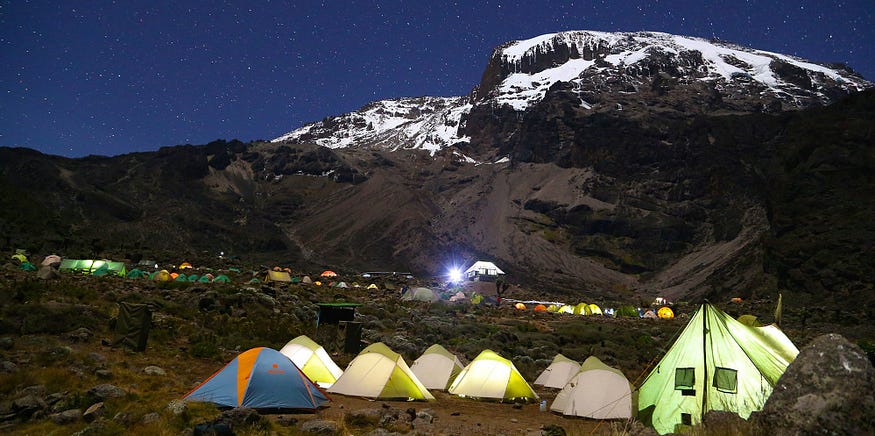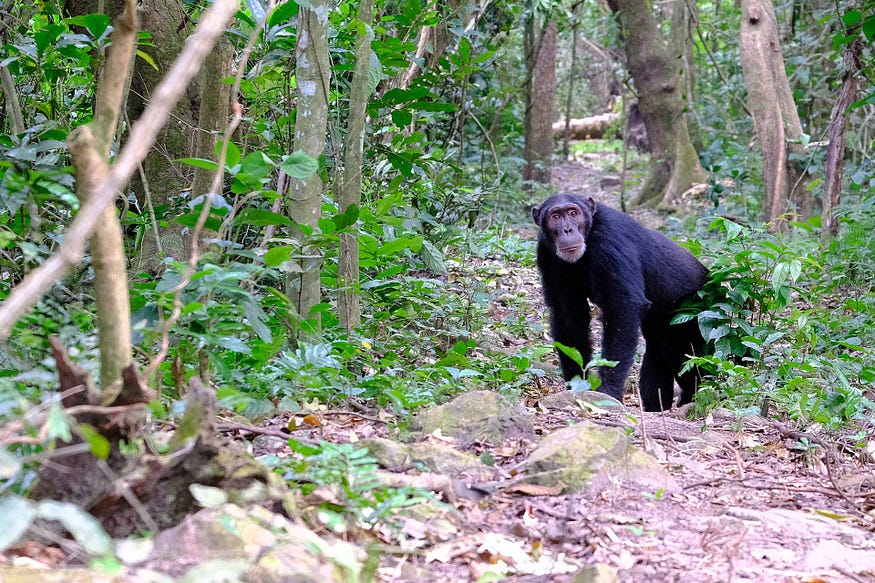This East African country is home some of the continent’s most most famous national parks and other attractions, including Mount Kilimanjaro, Serengeti National Park, and the island of Zanzibar. Here's a quick look at a quintet not to miss: .
Witness the Great Wildebeest Migrations
Within the Serengeti ecosystem (which include's Kenya's Masai Mara) there are some 1½ million wildebeest along with around a million zebras and significant numbers of elands and Thompson’s gazelles. Following the rains which bring new grass, these groups conceiving their offspring on the southern plains around February, then move west and north, showing up in the northern Serengeti and the Mara by about July, then head back south again about October. It's a truly amazing sight to witness, and numerous tour operators include the migration in their offerings.
Go Beaching/Snorkeling/Diving in Zanzibar
Apart from ecotourism, Tanzania has some gorgeous beaches, and many of them are on this three-island archipelado, such as Nungwi (above), Kendwa, and Jambiani; divers and snorkellers will aso be in heaven, both for shore diving/snorkelling and excursions to spots on the reef such as Mnemba Island. Zanzibar's capital Stone Town is also worth a day or two thanks to its UNESCO World Heritage old quarter, full of appealing, mostly 19th-century architecture as well as the early-18th-century Old Fort.
Go Wildlife Spotting in Ngorongoro Crater
Another UNESCO World Heritage Site, this African Eden inside an old volcaniccaldera 16 kilometres (ten miles) across include grasslands, freshwater and soda (hypersalinated) lakes, and acacia woodlands - home to a wide variety of untamed life, most notably including lions, black rhinos, wildebeests, hippos, zebras, Cape buffalos,and flamingos (no giraffes or crocodiles, though). There are plenty of safari lodges to choose from, and of course many tour operators, such as Zepisa African Safaris, include Ngorongoro in their Tanzania offerings.
Trek up Africa's Highest Peak
Mighty Kilimanjaro towers 5,895 metres (19,341 feet) over the plains below, but reaching the summit is less a matter of climbing than of trekking - and even the wheelchair-bound can manage it. On the other hand, it's not necessarily a total doddle, due to the cold and altitude (most people who fail to make it to the top wash out because of altitude sickness).
Meet the Chimpanzees of the Mahale Mountains
In the west of the country on the shores of Lake Tanganyika, the Mahale Mountains National Park is home to around a thousand chimps, along with plus eight other primate species such as baboons and red colobus monkeys.The experience of tracking and watching these creatures in the wild is magical and thrilling, and it is made even more special because of the beautiful landscape as well as eco lodges. PThere are also plenty of tour operators to take you here, of course.



Comments